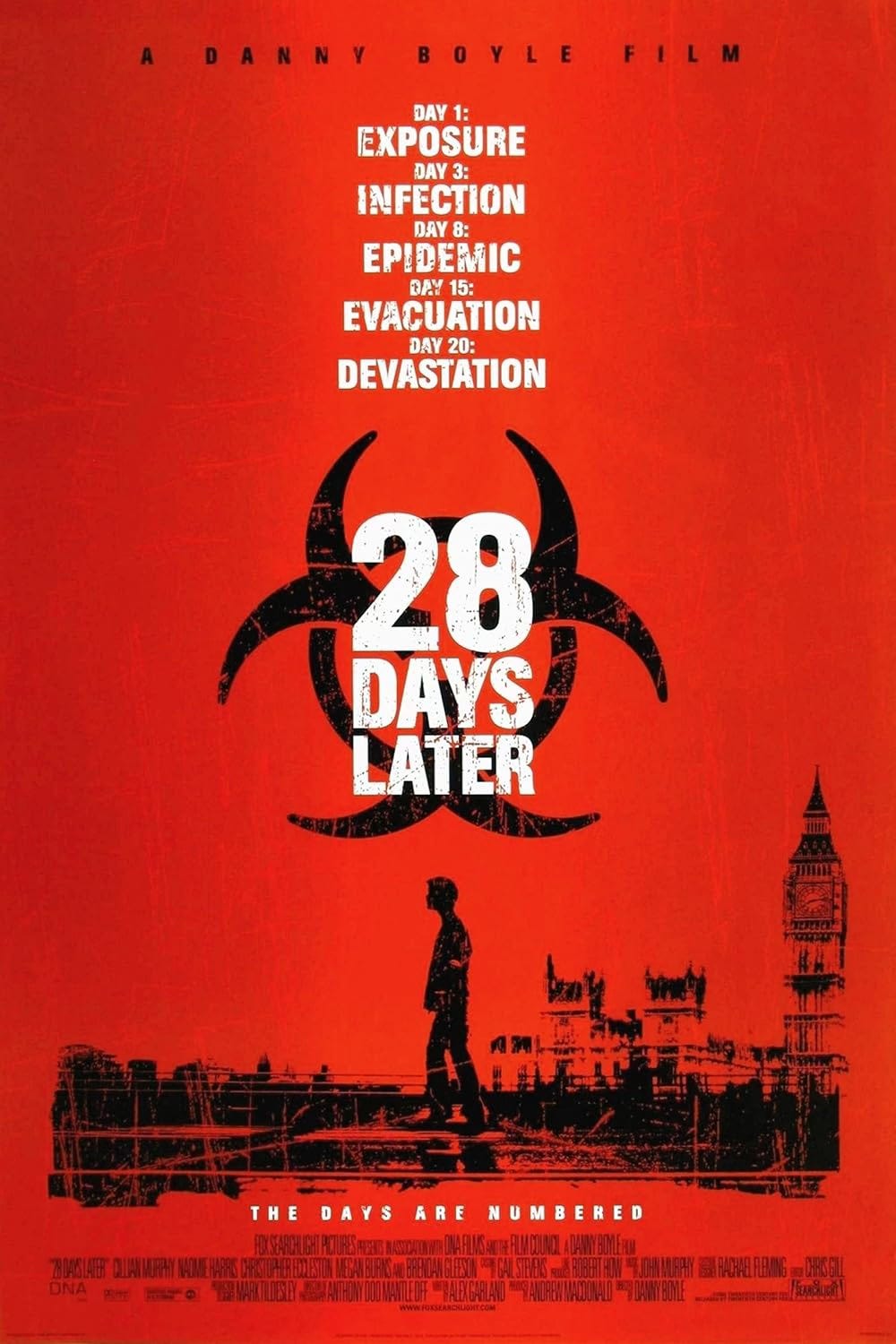Why Physical Media Still Matters
I remember a time before the advent of streaming when every Friday, you could count on finding me at the local video store, renting or purchasing new (or new-to-me) movies. It almost felt like a sacred ritual: the work week was over, and it was time to decide what I’d spend my weekend watching. I had no Letterboxd to consult, no IMDb to sway my opinion. Operating on emotion and impulse, box art and word of mouth were king. Once the selection was finally made, the next step was something rare in today’s world—a face-to-face interaction with another human. The Blockbuster employee would check your selections, let you know what they thought about them, and suggest other movies for next time. Holding those movies in your hand was a tactile experience that today’s youth may never know.
It was around 2009 or 2010 when streaming started to really flex its muscles. Video stores around me slowly began closing their doors. At the time, I was ecstatic; the thought of having all these movies available to me from my couch made me quickly dismiss the age of DVDs as a relic of antiquity. Being a creature of convenience, I couldn’t fathom why people I knew were still buying movies or using a Redbox. Over time, however, the flaws in my logic started to become apparent. All it would take was a short internet outage to throw your once-sacred ritual into the dumpster. One aspect my streaming-obsessed brain never considered was the legal side of the movie industry. What if a studio sells the rights to a film? What happens if, for contractual reasons, you can no longer stream the film you “purchased”? In our rush to consume content at an ever-faster pace, many of us simply never found the time to read the terms of service. When you purchase a digital movie, you are technically only purchasing a license to view it, and—though unlikely—it could be taken back at any time.
If, in your haste to race into the future, you threw out all your physical media players, you might find that some of the films you want to watch are simply unavailable to you. One such title, for me, is 28 Days Later (2002). A few months back, I suddenly had a strong urge to watch this 2002 zombie film. After searching every streaming platform I could think of, I came up empty. Apparently, Sony purchased the rights from Disney, but Disney retained the rights to the sequel 28 Weeks Later (2007). I thought, “No worries, I’ll buy a copy from Amazon.” As of the date of this article, though, the cheapest Blu-ray on Amazon is $95 plus shipping. A DVD can be had for much less, but if you’re looking for the best image quality, it’s going to cost you. The last I heard, a sequel 28 Years Later is in the works, and maybe we will see a return to streaming—but maybe not. This is just one example of many movies you will simply never be able to see if digital is your only option.
I always had friends and acquaintances who would preach at length about the visual and audio benefits of discs versus streaming. Until I actually had a setup that allowed me to really appreciate Blu-ray and 4K UHD movies, I dismissed these arguments as the ramblings of collectors holding onto the past. Let’s start with audio—and I’ll preface this by admitting that audio engineering is absolutely not my area of expertise. When you put a disc in, you get uncompressed audio, while streaming compresses the data. Plus, with streaming, there are numerous variables like your internet speed that affect the quality of sound you’re receiving. When I just had a TV hooked up to the internet and a DVD player, I couldn’t tell a difference in quality—and if this is how you watch movies, you probably won’t notice either. Without getting way out of my depth with technical specs, I’ll share my personal observations. Once I upgraded to a moderately priced sound system and UHD TV, the difference in sound quality was very apparent, most notably with bass and sound effects. Now for video quality, this is where I feel streaming and physical discs are the closest. Physical media is the clear winner, but the gap isn’t nearly as large as it is for audio. Darks are darker (which didn’t make sense to me when people first said it either), and fire and bright scenes are noticeably crisper from a 4K disc on an OLED TV. I’m sure there are some AV enthusiasts out there who can explain this in ways that would completely fry my brain, but suffice to say, streaming cannot compare to discs—and seeing is truly believing here.
The box art on physical releases can be amazing works of art. Part of the old-school home video appeal was this incredible artwork. There are many movies over the years that I never would have considered watching if it weren’t for the interesting artwork. Some of the more boutique releases come with books and posters that add to the value of owning a physical copy of a movie. Special features included with physical discs are one of the best perks people have seemingly forgotten about over the years. Being able to watch your favorite film with the director and lead actor giving insights you otherwise would never know is one of the greatest joys of owning physical media. Features about the lore or making of a film are usually included as well. I’ve noticed some streaming services do offer features when a movie is purchased, but the quantity and quality just aren’t there yet.
By purchasing physical media, you also become a curator of history. Countless stories can be found about original film negatives being lost or destroyed. Once you have a film in your collection, you never need to worry about streaming services removing it or, in the depths of my darkest dystopian imagination, a government blacklisting a movie at some point in the future. Once a disc goes out of print, it may never come back. Just look at the prices for 28 Days Later again.
While I can’t argue against the efficiency and convenience of streaming, and I won’t be canceling my Netflix account anytime soon, I will admit that if you’re looking to buy movies in the latest and greatest format, the price can be pretty off-putting. If you’re here reading this, I can only assume you’re a true fan of cinema, and I hope I can convince you to buy a copy of your favorite movie—and support a local video store near you, if you still have one.




